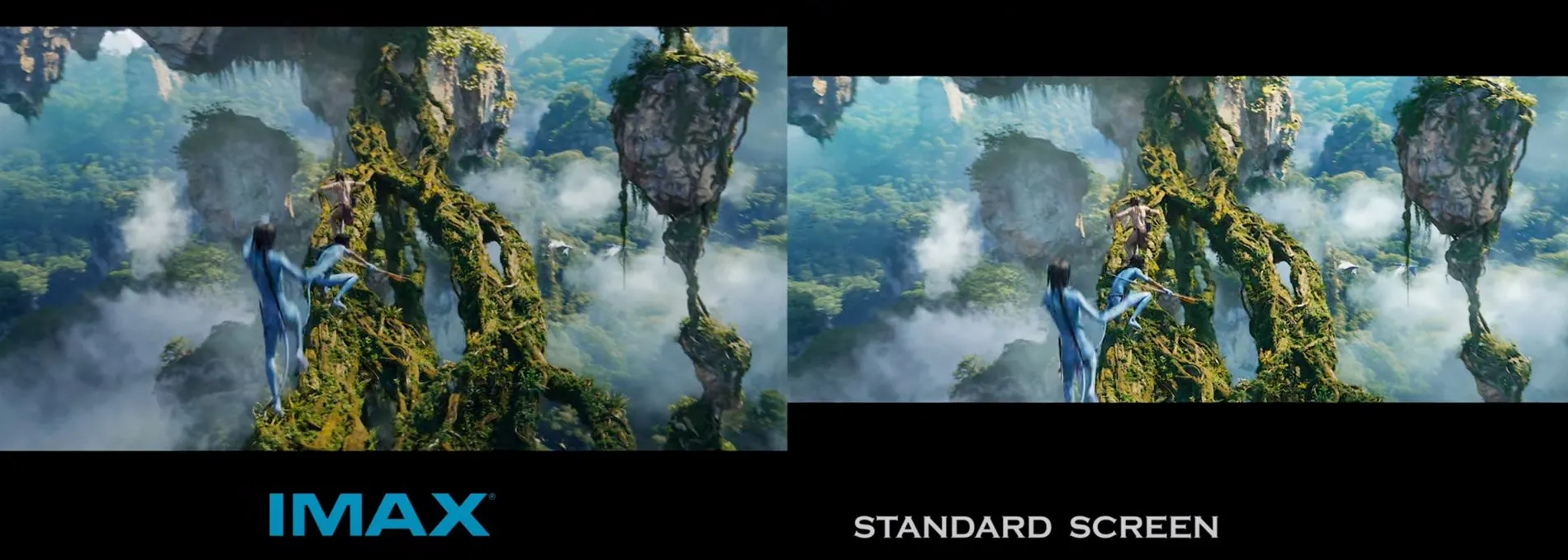Seeing The Whole Picture
Avoid limiting yourself when learning a new skill or studying a new topic…

Avoid limiting yourself when learning a new skill or studying a new topic.
When learning a new skill or studying a new topic, there are three mistakes that you should avoid. Interestingly, they're all related to image cropping.
Missing The Context
The popular animated sitcom The Simpsons first aired on Fox in 1989 – in an era of standard definition, 4:3 aspect ratio television sets.
For the next 20 years, the episodes were produced in the same 4:3 aspect ratio. However, in 2009, widescreen TVs had become more commonly available and it was decided to modernise the show. In the middle of its 20th season, The Simpsons transitioned to a high definition format with a wider 16:9 aspect ratio. Moving forward, the new episodes were all made with this widescreen aspect ratio.
Fast forward ten more years to 2019. The Walt Disney Company acquired 21st Century Fox – and with it, the rights to The Simpsons. The 30 seasons (at the time) of the show were all added to the Disney+ streaming service. In the process, they converted all of the older 4:3 aspect ratio episodes to the now standard 16:9 widescreen HD format.
In order to fit the taller 4:3 aspect ratio into a 16:9 aspect ratio, they decided to both stretch the images horizontally, and – more importantly – crop out the top and bottom of the frame.
After releasing the episodes on Disney+, audience feedback revealed an unexpected problem. Several of the visual gags in the original 4:3 aspect ratio episodes were placed near the top and bottom of the frame, and the new cropping meant that audiences time and again simply missed the joke.
For example in this scene, taking place in the Duff beer factory:


Cropping out the top of the frame led to audiences missing the joke.
💡 It should be noted that Disney+ has since enabled the option to view the older episodes in their native 4:3 aspect ratio.
By trying to fit the original episodes into the new format, the context got lost. The missing parts of the frame turned out to be necessary, because they provided important information for understanding the jokes.
Missing The Reality
As the saying goes, a picture is worth a thousand words. And the way you crop the picture can dramatically change the meaning of those words.
Not only can you make the audience miss the joke, you can actually reframe the whole story that the picture is telling.
As an example, by cropping the following image in different ways, very different stories emerge:

Demonstration of how image cropping can change the story being told.
What isn't shown is often as important as what is. By focusing on only one element of the story, the true reality gets lost.
When you see the whole picture, you get a full or overall sense of the situation or topic, taking into account all related factors and consequences. Which means, you get a better perspective of how your decisions will impact the future and avoid getting distracted by unimportant details.
Missing The Impact
IMAX is a proprietary cinematic system.
For filmmakers, it provides high-resolution cameras and film formats, as well as bespoke image and audio mastering. For audiences, it offers purpose-built theatres with very large screens, dual film projectors, and steep stadium seating.
Other than their sheer size and clarity, the IMAX screens differ from typical cinema screens by having a taller aspect ratio (approximately either 1.43:1 or 1.90:1 – vs. the standard 2.35:1).

IMAX cinema.
The taller-than-normal (as well as just plain larger overall) images flood your mid- and far peripheral vision, further immersing you into the story.


Examples of the additional content the audiences see on IMAX screens vs on standard cinema screens.
The extra image content in the y-axis (screen height) isn't critical for telling the story (after all, the same movie with a cropped image will often be played in standard theatres as well) – but it does add to the experience. What IMAX aims to do is to go above and beyond a normal cinema experience. To make a bigger impact.
Without the taller aspect ratio and bigger screens, some of the impact gets lost. And an experience with a lesser impact doesn't stick as well to your memory.
The bigger the impact something has, the more memorable it is.
Context + Reality + Impact = Deeper Learning
Tying it all together, when you're learning a new skill or studying a new topic:
Don't miss the wider context by focusing too narrowly on the details. And trying to fit ideas into preconceived, restricting frameworks may not work in your favour.
Avoid only looking at one side of the story and missing the true reality. You'll likely do yourself a disservice, narrowing your view and your learning potential.
Immerse yourself in the whole picture. Go above and beyond, doing more than what is expected of you. It may not be critical to your understanding of the topic. However, it will add more impact to the experience, making it more memorable.
I hope you found this article useful. For more productivity tips, see Productivity.



